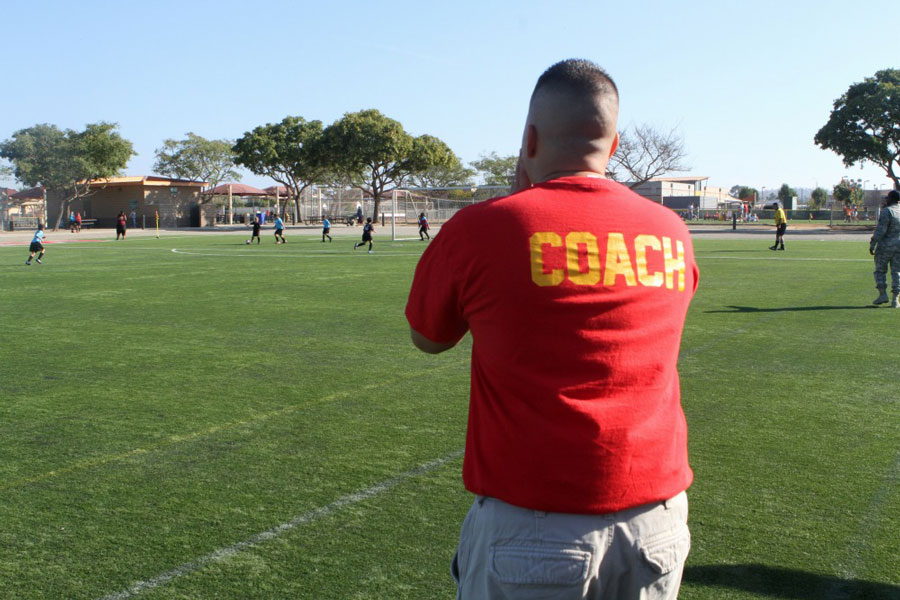Did you like what I did in the title? Total dad joke. I can hear my children groaning now. When I was studying to be a kindergarten teacher (I know
Did you like what I did in the title? Total dad joke. I can hear my children groaning now.
When I was studying to be a kindergarten teacher (I know, I couldn’t believe it either) we spent an entire semester preparing to teach reading. As part of that we dove deep into the world of phonics and orthology (basically the study of the right use of words in a language).
The English language is one of the more complex languages on the planet. It is built upon Old English, Latin and Greek and borrows words from Spanish, French, and Italian to name a few. This “melting pot” of words and phrases wreaks havoc on grammatical rules. There are too many nuances to count!
Due to this deeply complex and difficult language of ours we were explicitly told to not teach in absolutes when it came to teaching new readers. A “rule” is not a rule, but a mere suggestion. All “rules” in our language have exceptions.
“I before E…except after C”.
“The gh always makes a f sound…except in dough, plough, borough, and so on”.
“Ch is definitely a ch sound. Well, unless it is a French root like Chef”.
By the end of our semester, we knew one rule about teaching English – there are no rules!
The same holds for a dynamic and nuanced sport like soccer. The game is complex, rich with innovation, and constantly evolving. When it comes to teaching it, there are no absolutes.
Maybe in another sport, we could teach an absolute. We might have instances where we should enforce the never and always in other sports.
Take swimming. We could tell an athlete “always swim to the far wall and never turn around mid-pool” (for safety reasons at the very least). In soccer we don’t have to go forward with the ball and we can certainly turn around midfield.
Consider basketball. We might teach our kids to “never kick a ball” (it’s a illegal). We can’t use our hands in soccer – except the goal keeper…and on throw-ins.
You see how strange this can be! It’s like trying to teach reading to 25 five-year-olds. Wild and crazy ride.
As a coach, you have to be prepared to not use absolutes. You can’t tell players “never pass across your goal mouth” because they will watch Bayern Munich, Barcelona, and Tottenham do it all weekend long on TV.
If you tell them “always force attacking players to the sideline” your players will see a well-executed midfield defense from Pep or Klopp wherein they force dribbling players into the central midfield where they have numbers to defend and disarm.
So what good is a steadfast rule if the players see readily available exceptions that work marvelously?
Not good at all, which is why you should avoid the absolutes and the rules and teach with guidelines and tactical suggestions.
Soccer is best taught in a Socratic method – questioning and allowing players to develop their own responses to stimuli. Soccer is best learned in an exploratory manner with players urged to analyze and create.
Some sciences have absolutes that we were trained to teach our kindergarteners. English was an art form to be explored and analyzed.
Soccer, like English, is more art than science when it comes to creating rules of decision-making.
Never use an absolute. Give them examples, puzzles, opportunities to learn and empower them to be creative, independent, and innovative within the confines of the overall mission of the game.
Here are some methods for avoiding absolutes:
- Teach with guidelines but not steadfast rules – Give them guidelines like answer keys to solving puzzles. “In this situation, you should consider X”. If they have guides they won’t panic. They will at least have a key to solving the problem. They also won’t be locked into one mode of thinking and be confused when the best answer may go against a steadfast rule.
- Encourage exploration of new answers to old questions – Put them in games that allow for exploration. Get excited for them when they try new answers to the same puzzles. This will prevent them from freezing when something new presents itself.
- Ask more questions, give less answers – Ask them to answer. Present pictures and ask them to solve. Seek their input as to how to solve the riddles of the game. The more they are required to answer questions, the more independent and analytical they become. Then they will fear no questions and have the fortitude to try.
- Praise failure as much as success – Of course, we praise the process and effort but whether they succeed or not, make sure you encourage it. When a child fails, get excited about the “thought” or “effort” and then ask questions about how it could be solved differently. If they are able to learn from mistakes without punishment, they will be willing to take on all puzzles with confidence. Now your players will have the courage to fail!
- Allow for free play – Play games with no rules. Let them play without instruction. Let them create their own games. This opens the mind and increases neuron pathways in the brain. They will grow more confident as well as more decisive and creative as players. After all, it is their game.
